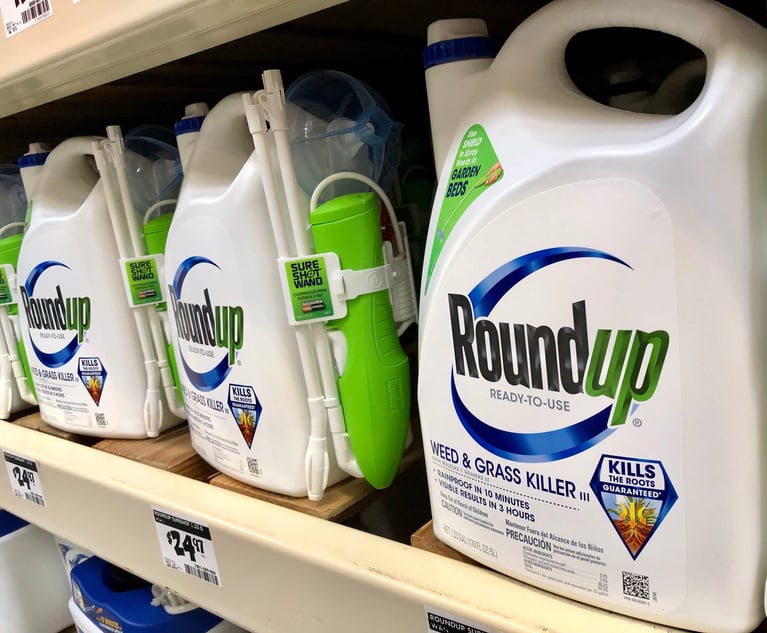In proposing the first legally enforceable federal limits on per- and poly-fluoroalkyl substances (PFAS) in drinking water, the U.S. Environmental Protection Agency (EPA) said it is fulfilling a foundational commitment in its PFAS strategic roadmap, the EPA’s comprehensive plan for addressing PFAS through 2024. The roadmap is a three-pronged plan of action that includes research, restrictions and remediation. On March 29, the EPA officially proposed nationwide restrictions to limit the presence of six PFAS in drinking water through a proposed National Primary Drinking Water Regulation (NPDWR). The EPA invited public comment through May 30 and anticipates finalizing the NPDWR by year end. As proposed, public water systems (PWS) would have three years after finalization to demonstrate compliance.
The proposal would require PWS to monitor for six PFAS and, if standards are exceeded, to notify the public and reduce PFAS levels through treatment or use of alternative water supplies. While thousands of PFAS chemicals have been used in consumer and industrial products since the 1940s, the EPA has focused proposed restrictions on a subset of PFAS it believes are likely to occur in drinking water and result in adverse health effects. These PFAS include perfluorooctanoic acid (PFOA), perfluorooctane sulfonic acid (PFOS), perfluorononanoic acid (PFNA), hexafluoropropylene oxide dimer acid and its ammonium salt (also known as GenX) (HFPO-DA), perfluorohexane sulfonic acid (PFHxS), and perfluorobutane sulfonic acid (PFBS).


 Michael Nines,left, and Brenda H. Gotanda,right, of Manko Gold Katcher & Fox. Courtesy photos
Michael Nines,left, and Brenda H. Gotanda,right, of Manko Gold Katcher & Fox. Courtesy photos




